Specialists
Mr Crane, Mr Jones, Ms Kirk, Ms Huntly, Ms Bennett, Ms Nguyen, Ms Kini and Ms O'Dowd

Specialists
Mr Crane, Mr Jones, Ms Kirk, Ms Huntly, Ms Bennett, Ms Nguyen, Ms Kini and Ms O'Dowd
Students have continued to develop their learning in Digital Technology this term. The focus for this month across all year levels has been on sequencing, as this is a core skill used in programming.
Foundation students this term are developing their understanding of the sequencing concept using oral language and vocabulary skills such as first, second, next, then and last.
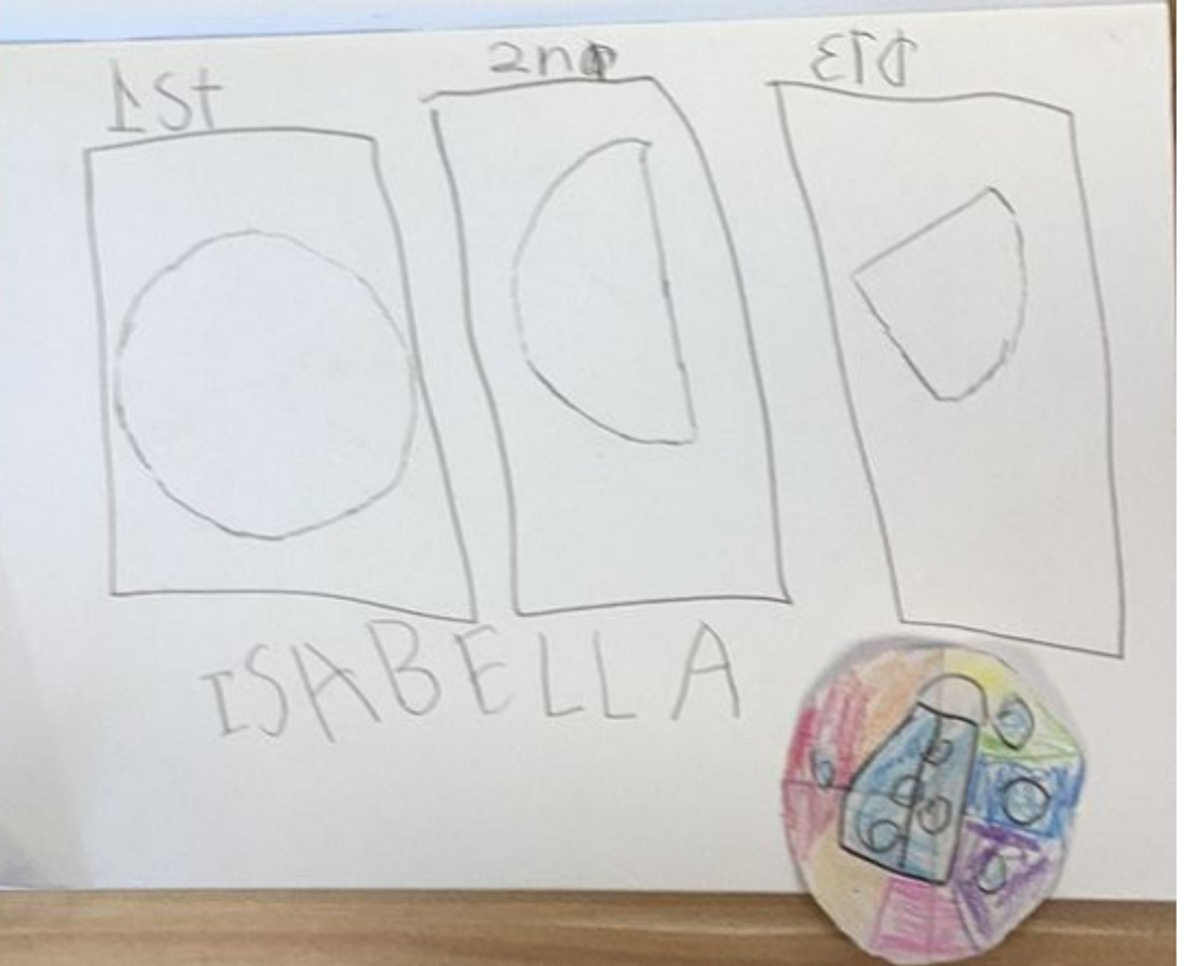

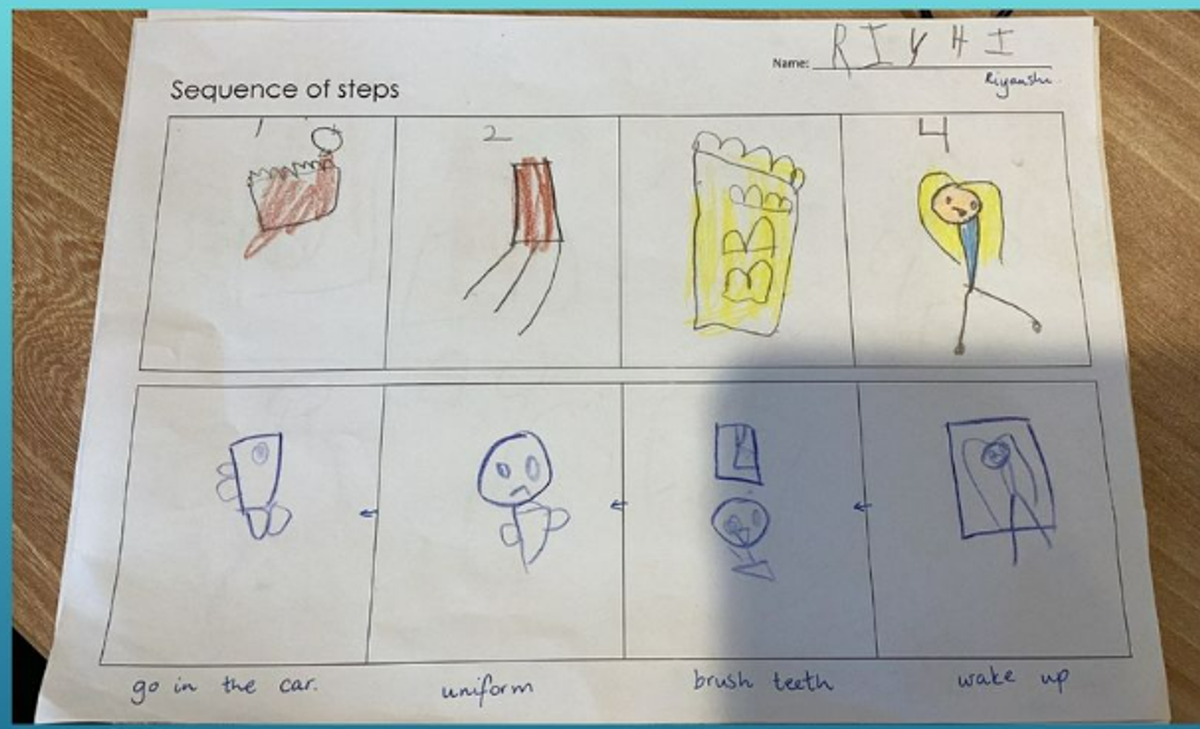

Year 1 students have continued to strengthen their knowledge of hardware and software purposes and have planned and designed their own hardware ‘invention’. They also focused on the importance of sequencing through their introduction to coding in the last few weeks of term.




Year 2 students have used their sequencing skills to follow a sequence of steps to code using the ‘Blockly’ programming language through www.code.org .
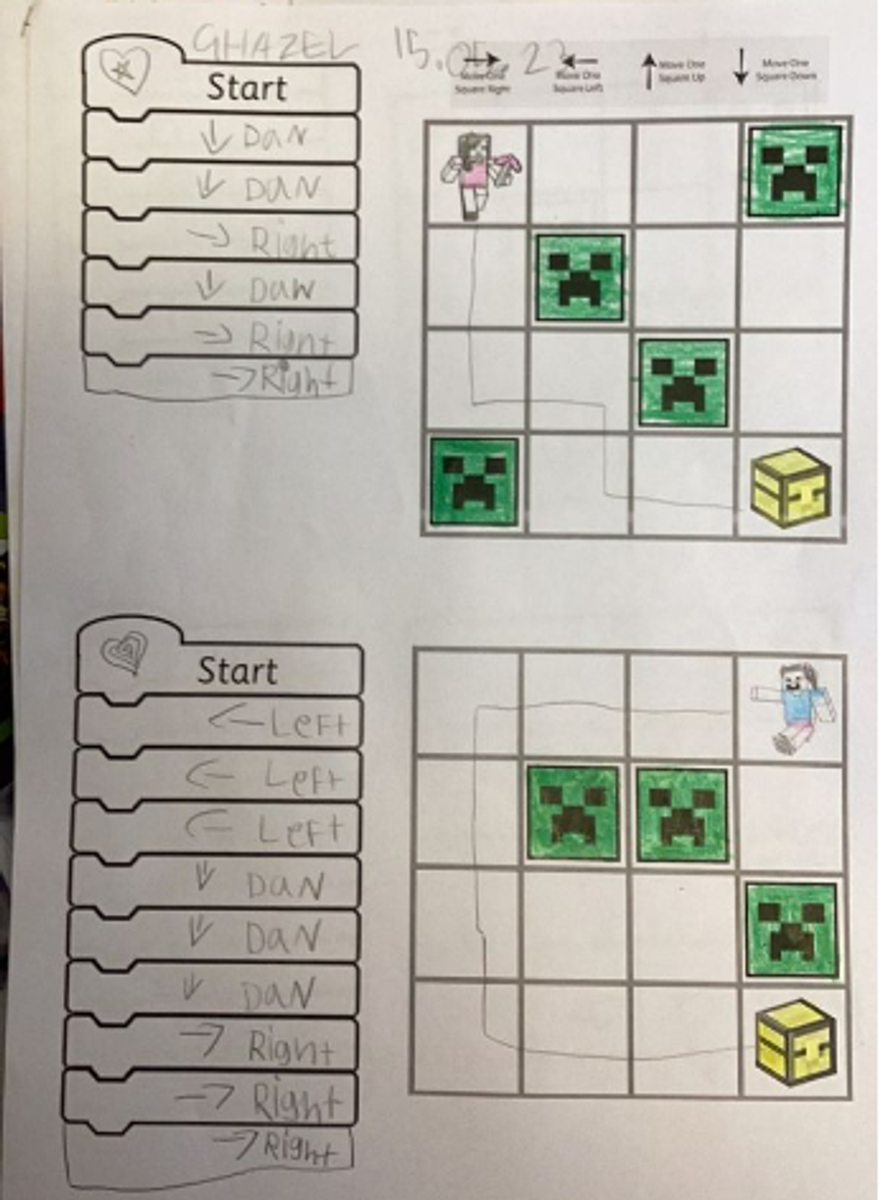

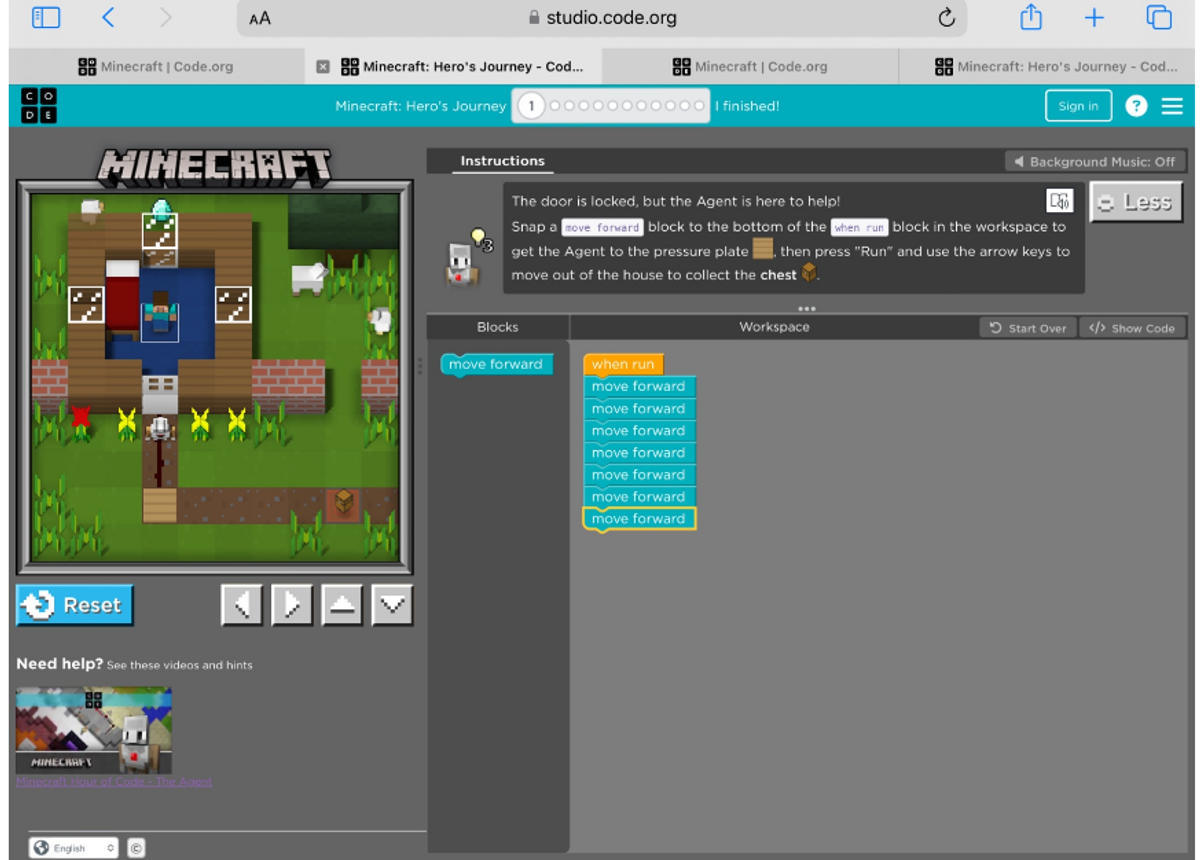

Students in Year 3 are also exploring computer code through the programming language ‘Blockly’ and following steps to input sequences. They have used sequencing and programming skills in www.code.org and made their own small animations in Scratch.
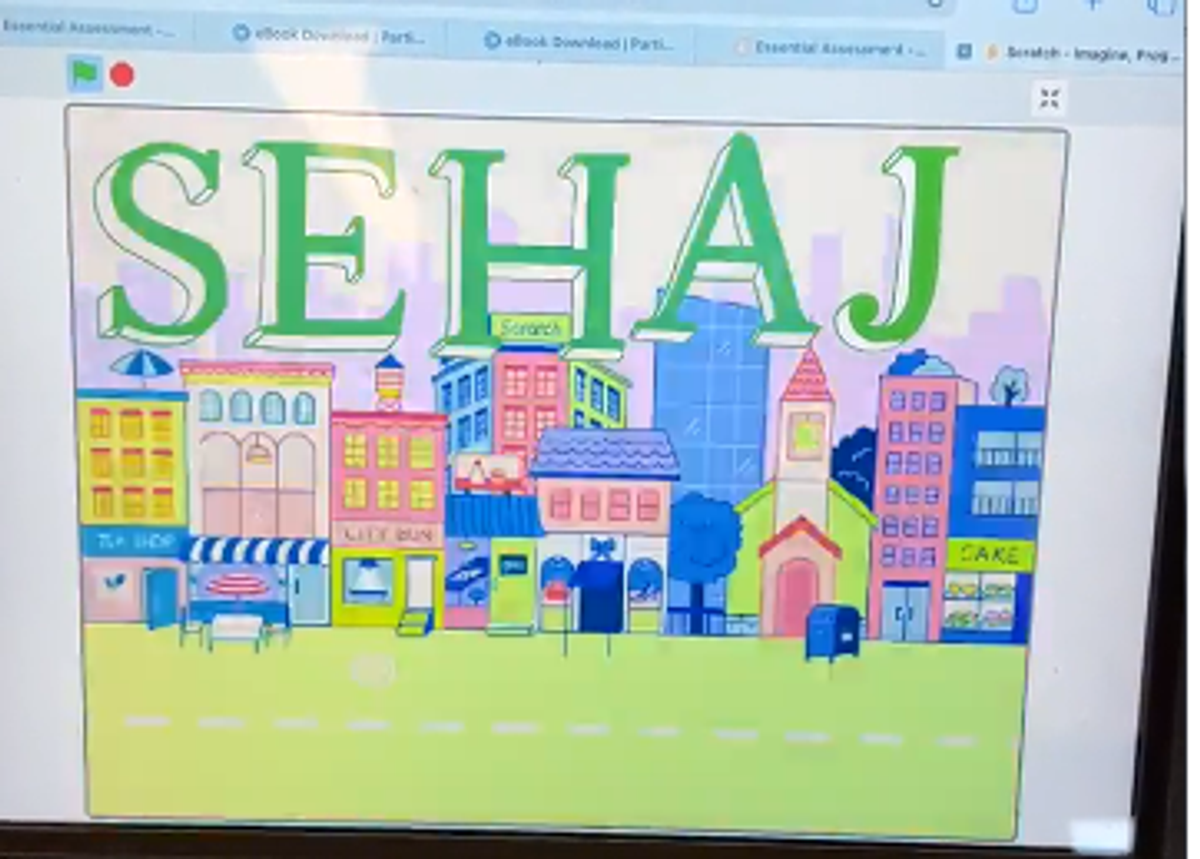

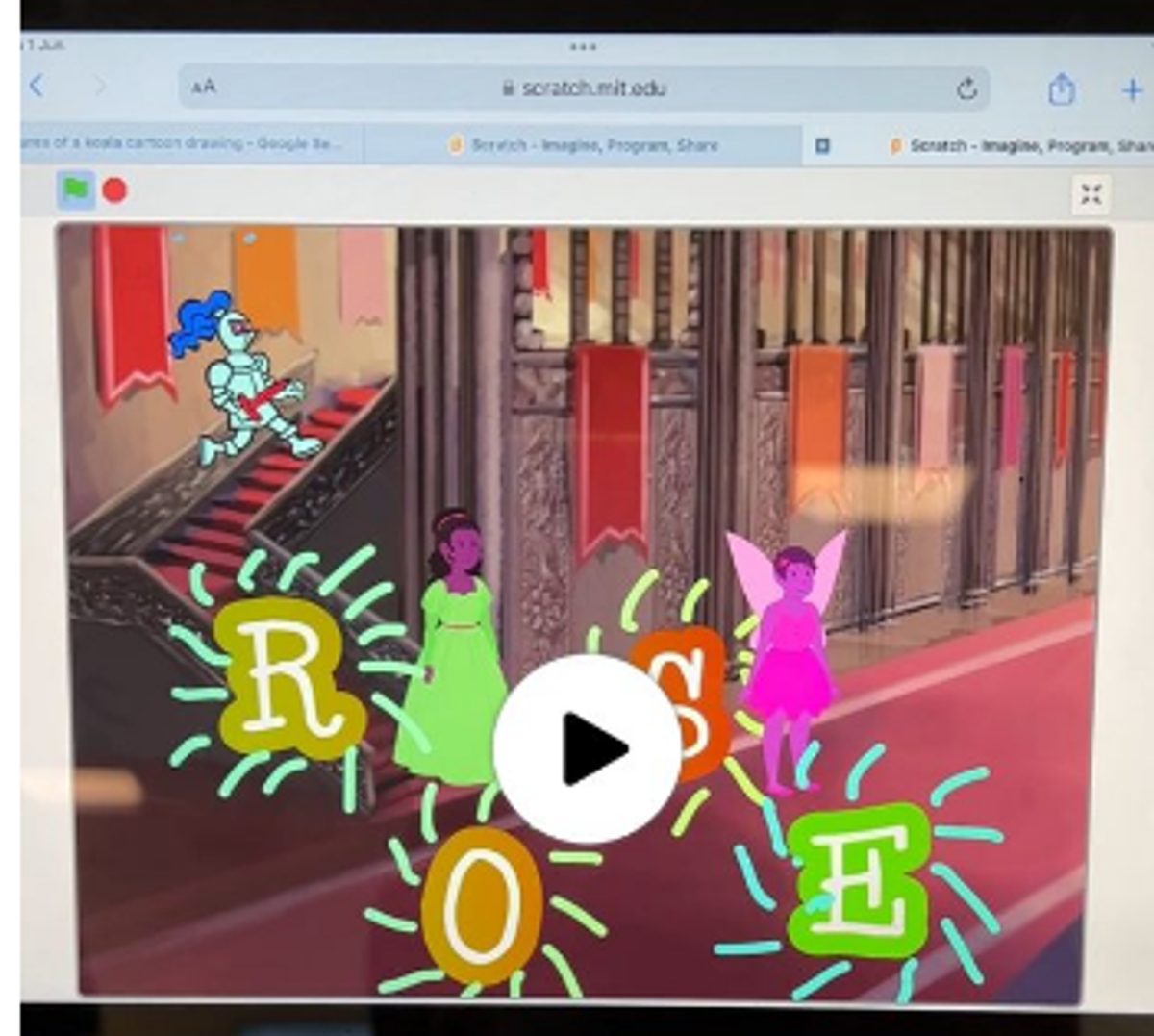

The Years 4, 5 and 6 students have been learning how to use their education Google Drive account. They are exploring how this software can be used to collaborate and design a program or system to meet a purpose.
Year 4 students have been learning about virtual tours and have designed and planned such a tour of the school using Google Slides. They are focusing on uploading photos to their class Drive along with organising and presenting information digitally. Year 5 and 6 students are using Google Sites to create their own website on a topic of their choice, focusing on presentation and making specific choices regarding features of a digital text.
Next semester, Innovation and Design will focus on the Design and Technologies curriculum and we look forward to sharing this student learning with the school community.
Ms Bennett, Ms Huntly and Ms Kirk
Foundation and year 1 students have continued to use their eyes and hands to know more about different objects. Students have explored primary (blue, yellow and red) and secondary colours (green, orange and purple), size (big and small), textures (rough, smooth, bumpy and spikey) and flexibilities (bending, twisting and stretching). Students worked together in learning stations to apply what they have learnt this term, and used full-sentences to verbally show their understanding. For example, ‘the bins are red and blue,’ ‘we are smaller than the TV,’ ‘the rug is soft and fluffy,’ and, ‘you can twist the towel.’ Students have also been challenged to think about why certain objects can be bent, twisted or stretched. For example, ‘you can twist the sponge because the sponge is soft. We twist the sponge to squeeze the water out and make the sponge dry.’
As a treat, Foundation and year 1 students made fairy bread and discussed the different colours, size of different ingredients, textures and flexibilities.
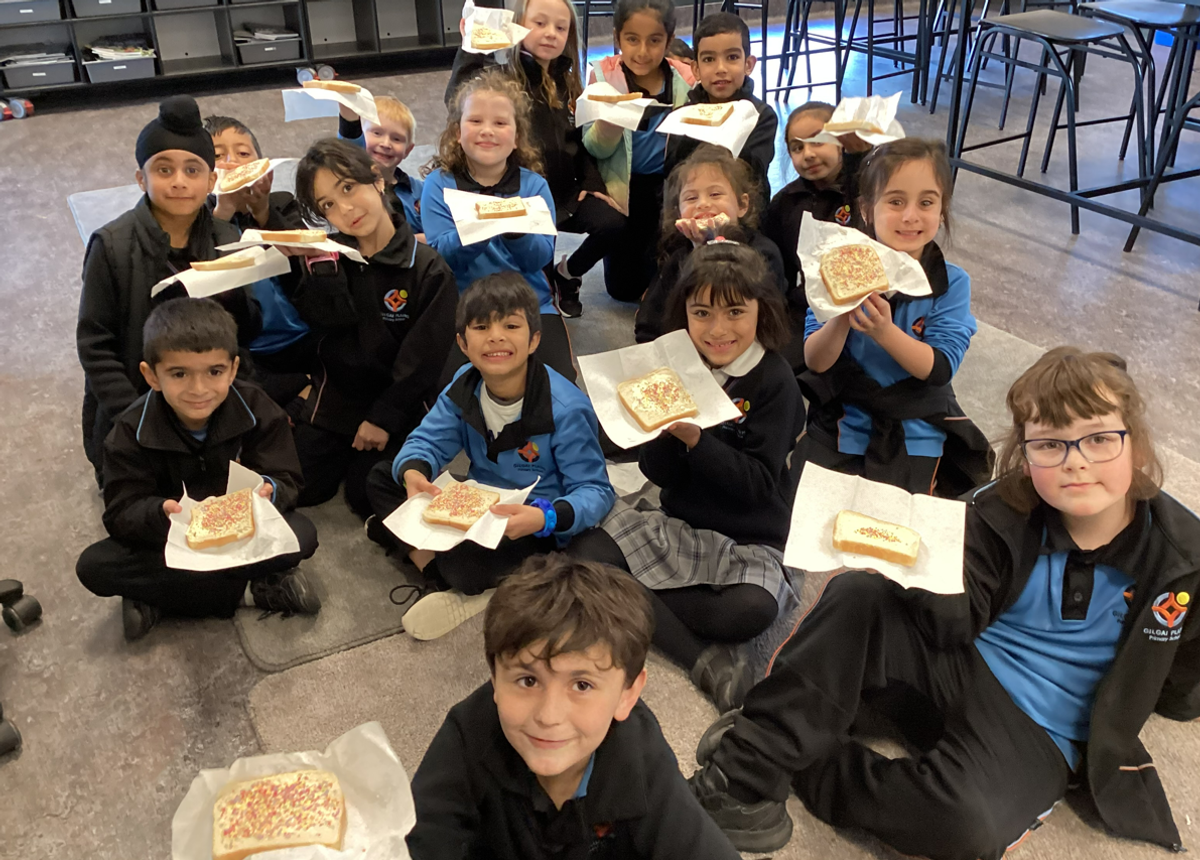

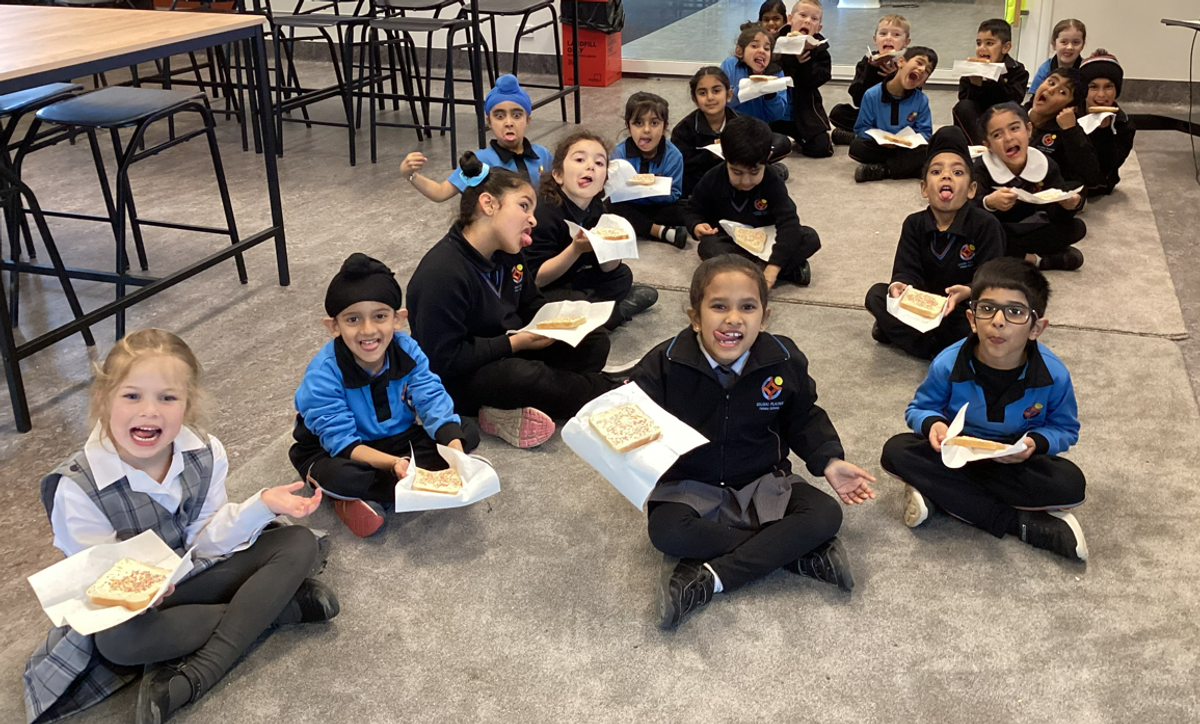

Year 2 students learnt to identify different materials and why certain materials can be bent, twisted or stretched. Students have been challenged to describe why certain objects are made from transparent, translucent or opaque materials. For example, ‘a glass cup is transparent so we can see what we are drinking and how much liquid we have left in the cup.’ Then, students were challenged to look at physical and chemical changes in our daily lives. Examples of key physical changes students explored include: ice melting, water boiling, paper folding and broken objects. Chemical changes include: burning objects, food rotting, metal rusting and cooking ingredients.
As a treat, Year 2 students made fairy bread and discussed whether the product made is a physical or chemical change.
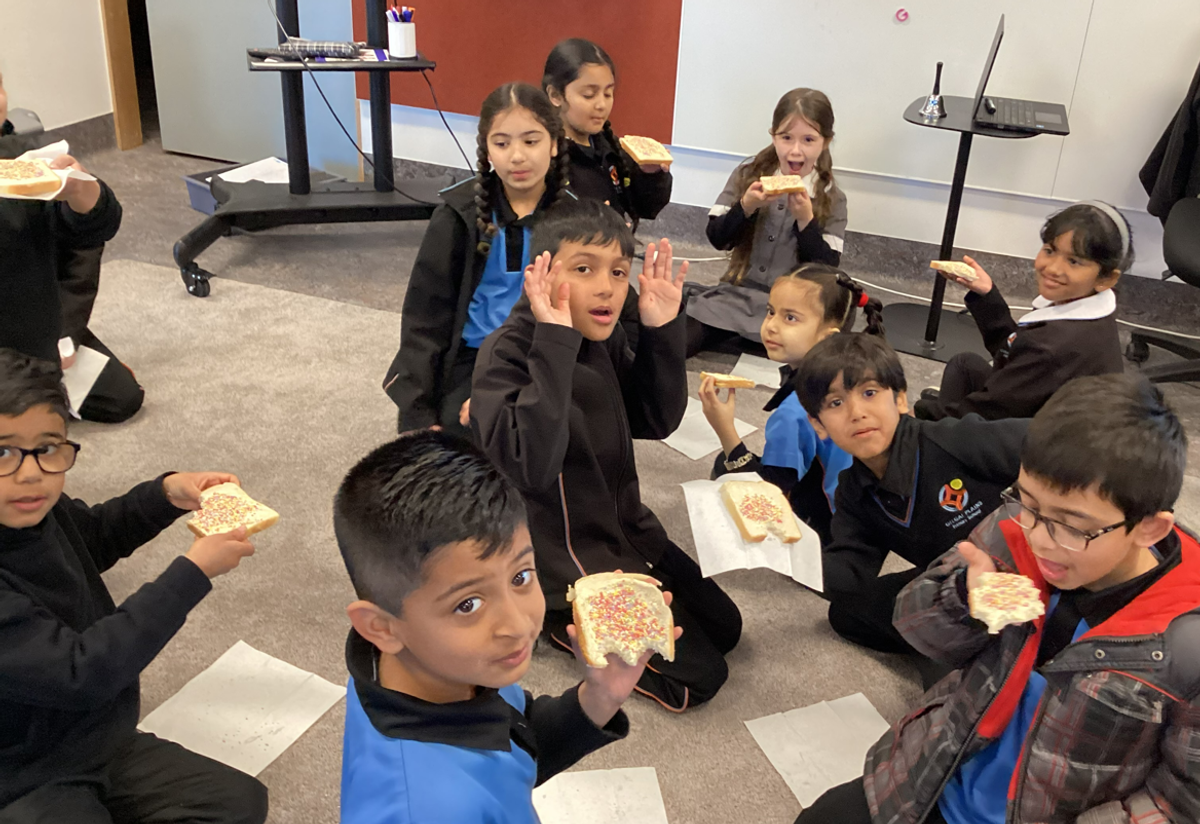

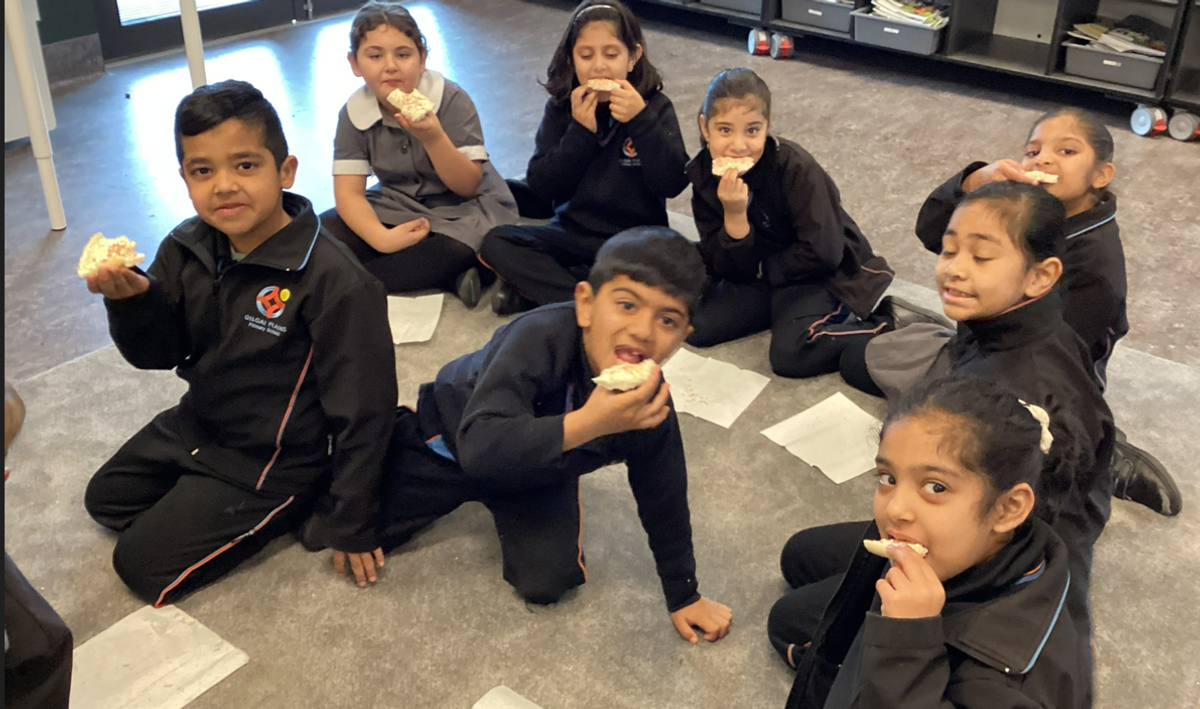

Year 3 students were challenged to explore the cause and effect of heating and cooling down materials to make a product. Students watched videos and recorded the process of making metal cutlery. Students also labelled which steps the metal is heated or cooled and its impact. For example, ‘the metal is heated to make the metal softer and easier to shape.’
Year 4 students have been challenged to research, write and present a debate to convince the audience why different objects should be made of a certain material. An example of a topic to debate about could be, ‘books should be made of stone. Agree or disagree.’ During the debate, students gave counter-arguments to the opposing side. The audience listened to different opinions and also participated in the debate.
Year 5/6 students have participated in different scientific experiments and discussed the effects of mixing two solids, two liquids, and a solid and liquid together. Students recorded their hypothesis (predictions) and observations. Students explained their observations by including the key properties of each state of matter. For example, ‘when we mix a solid and liquid together, a liquid is made. I know this because the mixture is wet, can be stirred with a spoon and takes the shape of the container.’
Ms Nguyen and Mrs Kini
Foundations - Years 2
Foundations, Year 1 and Year 2 students completed their exploration of Henri Matisse. Students ripped and glued different coloured papers on a paper plate to create a collage of a turtle’s shell. The completed turtles are displayed on the specialist centre’s wall.
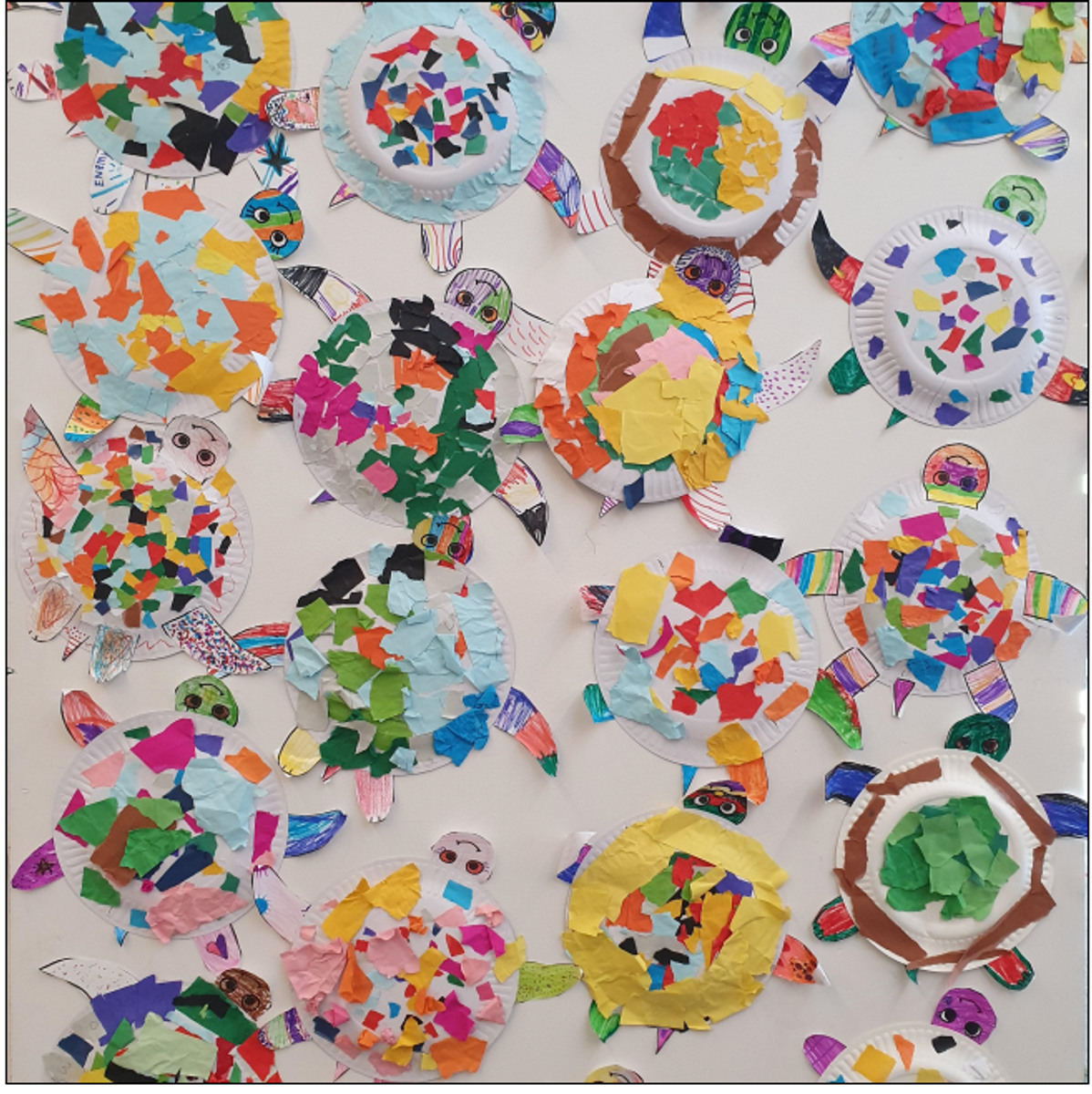

Year 3 & 4
Year 3 & 4 students completed their exploration of Frida Kahlo. Frida Kahlo was well known for her self portraits and the surrealist elements within her works. Students completed their own portraits of Frida Kahlo and engaged in analysis and interpretation of three of her most famous pieces.
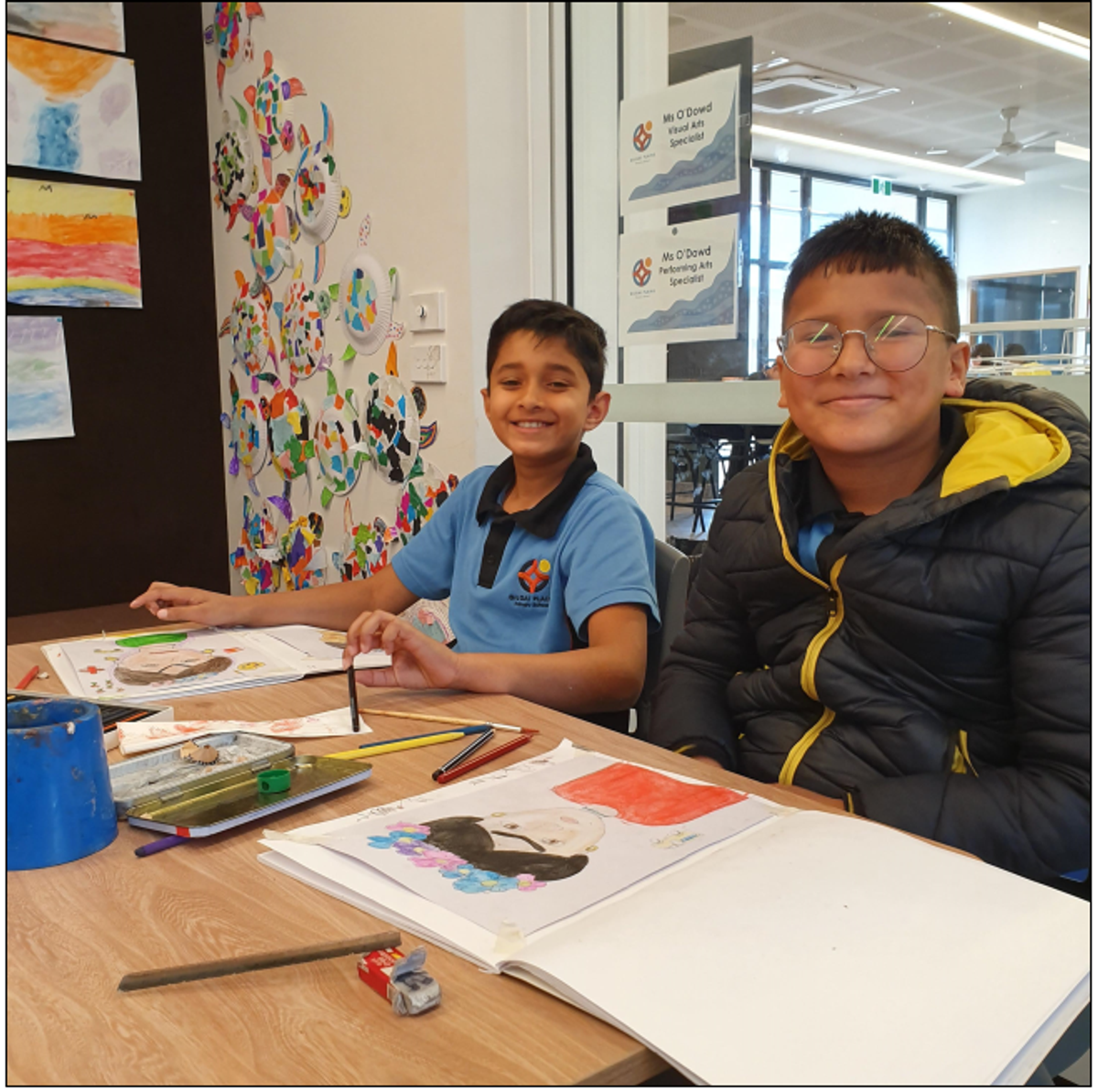

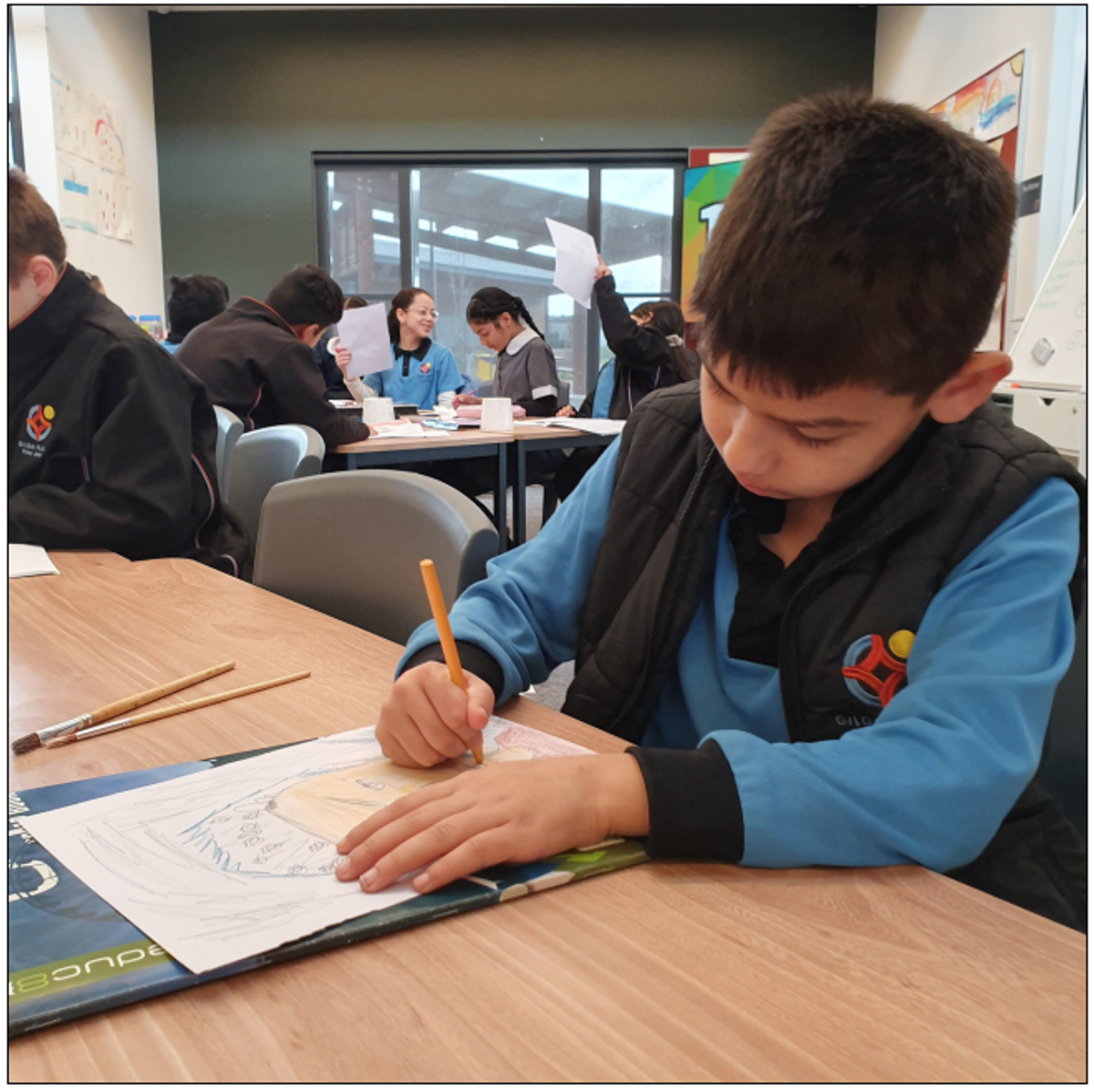

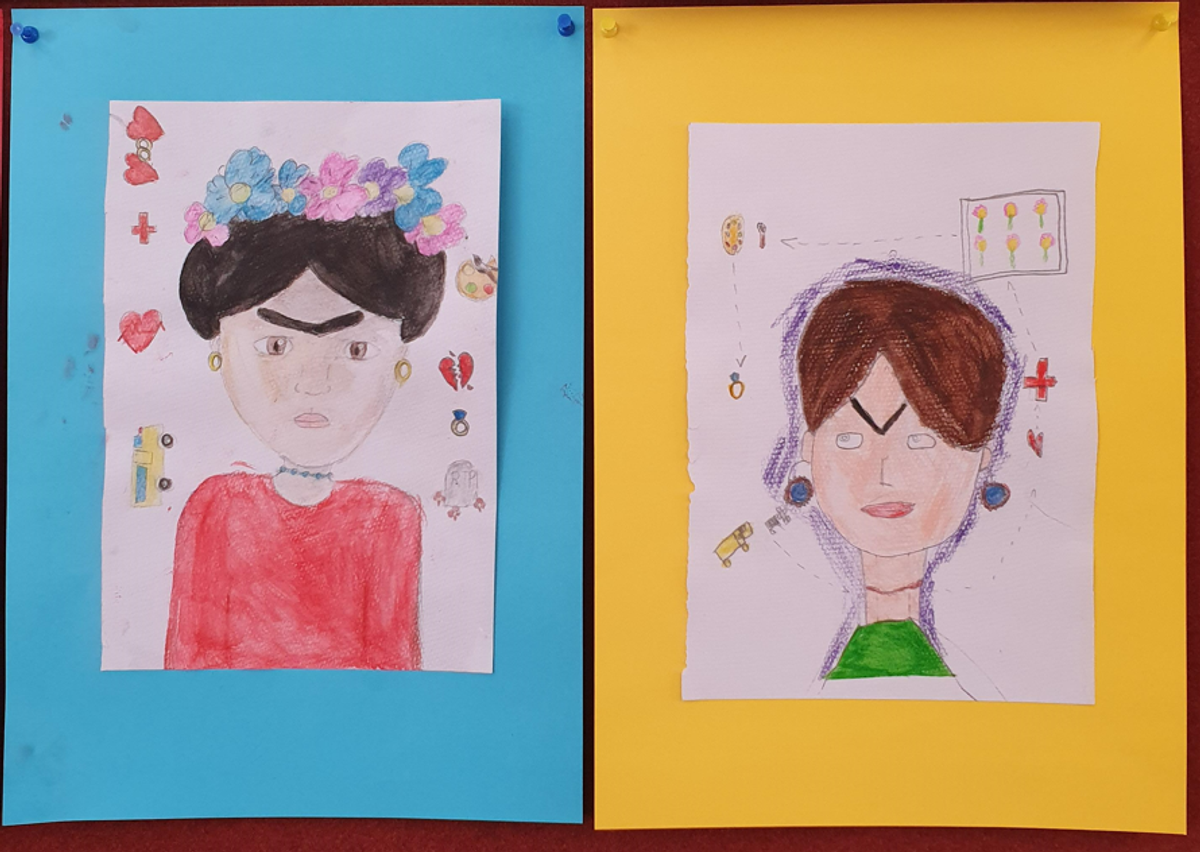

Year 5 & 6
Year 5 & 6 students completed their ‘Giacometti’ sculptures using magiclay and air dry clay while fixing their sculpture to a wooden base. Students completed the piece by applying a base coat and then bronze acrylic paint to highlight areas of light and shade on their sculpture.


Ms O'Dowd and Ms Nguyen
Foundation
Students have been learning about the Fundamental Motor Skill of ‘Kick’. The Foundation students enjoyed participating in activities where they were required to kick a ball at a target and knock it down.
Years 1 and 2
Students have been learning about the Fundamental Motor Skill of ‘Ball Bounce’. They practised the required steps to ensure that when they bounce a ball it comes straight back to them.
Years 3 - 6
The 3 - 6 students continued to learn about the field events they will be competing in for our Athletics Day. The events that students learnt about were; Long Jump and Triple Jump. They extended their knowledge of the sequence involved in both events.
Mr Crane and Mr Jones